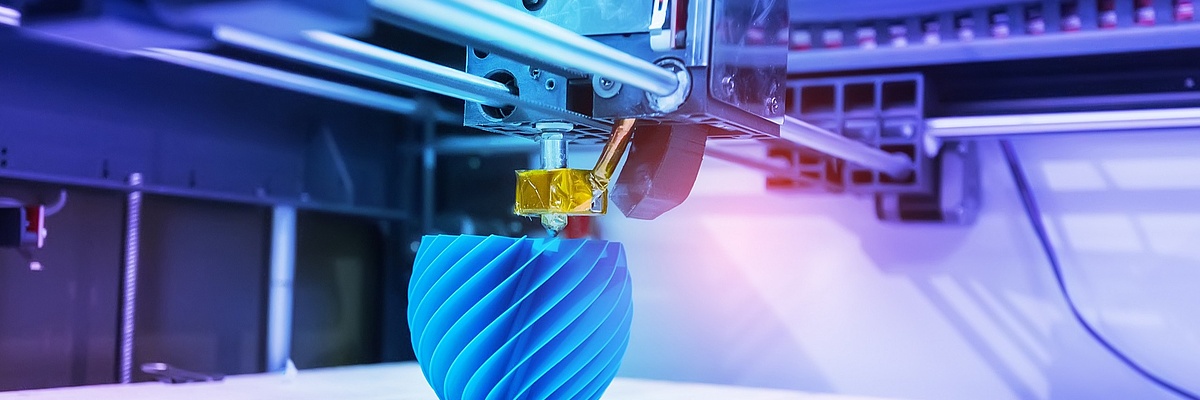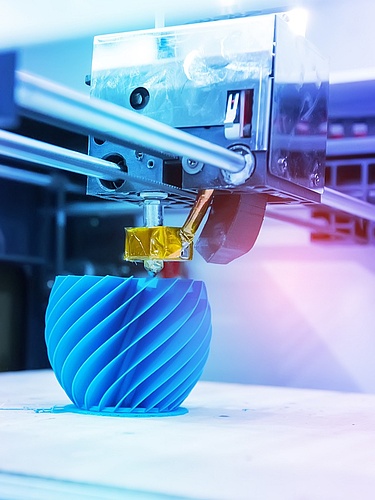


The manufacture of products by 3D printing, commonly referred to as additive manufacturing, has long been ready for mass market introduction. This technology is not only useful for the layer-by-layer manufacture of simple plastic parts, but can readily be applied to complex components such as turbine blades or medical prostheses. Even jewellery made from precious metals can be produced using additive methods. New materials in combination with improved process control technology and equipment, offers wide scope for a range of innovations all of which are open to, and are worth filing for, IP protect.
Pleasingly, there are three dimensions of 3D printing that need to be considered any effective IP strategy.
The end product, actually manufactured using the 3D printing process can enjoy individual patent protection. Additive manufacturing makes it possible, for example, to produce load-optimized lightweight components. These differ from previously known components, thus fulfilling the criteria for an innovation to be protected under patent law.
The technology of additive manufacturing is under constant further developed. In particular, the focus of new developments in additive manufacturing relates to the process technology; this is primarily because the production of 3D printed components to date, is still rather slow and expensive. Real-world production is generally only worthwhile for small quantities and/or for highly complex components that cannot be manufactured in any other way.
The individual steps of a novel 3D printing process could readily be protected by a patent. A further benefit of obtaining patent protection for manufacturing processes, is that the component produced using the protected process also enjoys independent protection. It is therefore not possible to circumvent patent protection for the manufacturing process by moving the production of the component, which is manufactured using the patented process abroad and then sell the component in Germany - this would still be infringement.
A prerequisite for additive manufacturing is a print template in the form of a virtual model of the component to be printed. These print templates can be quickly distributed in a digital format and may thus be used any number of times and at different locations for the production of components. The question therefore arises as to whether these print templates can be protected as patents their own right. So far, there is no relevant case law on this topic, but the trend in the future could well be to allow independent patent protection for such templates. Holders of a patent for a print template could then take action against the distribution of the associated CAD file itself.
Each of the above three options must be taken into account when drafting a patent application to 3D printing. A good IP strategy in this field takes into account other legal instruments (e.g. design law, trademark law, know-how and secrecy protection) in addition to a well-drafted, technically detailed patent application, itself comprising many layers that build on each other. Our specialized patent attorneys will be happy to coordinate such an additive IP strategy with you, keeping your economic goals in mind.
The frequently asked question - "3D printing - why a patent? Isn't a utility model enough?" is quickly answered. Given that specific protection for the manufacturing process is highly relevant, for additive manufacturing, patent law is the tool of choice. Processes cannot be protected by means of an utility model: such protection is reserved for patents.


